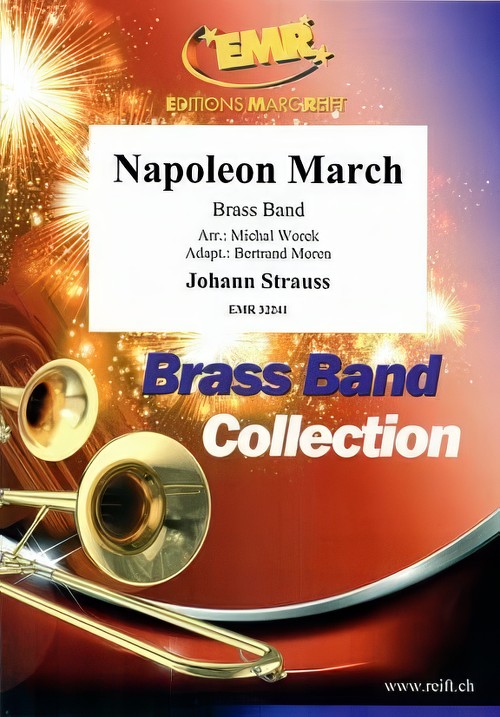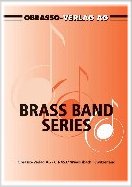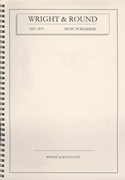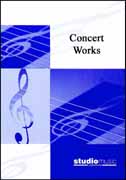We've found 950 matches for your search. Order by
Results
-
 £95.00
£95.00Napoleon March (Brass Band - Score and Parts) - Strauss, Johann - Moren & Worek
Duration: 2.45
Estimated dispatch 7-14 working days
-
 £47.60
£47.60NIBELUNGEN MARCH (Brass Band) - Wagner, Richard - Lorriman, Howard
On themes by Richard Wagner. Grade: easy/medium
Estimated dispatch 7-14 working days
-
 £47.60
£47.60 -
 £26.50
£26.50 -
 £26.50
£26.50 -
 £42.95
£42.95ONE AND OLNEY, The (March) (Brass Band) - Keeley, Ed
Composed for Olney Town to commemorate the formation of Olney Brass on 1st April 2011. First performed on 15th July 2011.
Estimated dispatch 7-14 working days
-
 £26.50
£26.50 -
 £26.50
£26.50 -
 £32.95
£32.95POMP and CIRCUMSTANCE MARCH No.1 (Brass Band ) - Elgar, Edward
The best known of Elgar's six Pomp and Circumstance Marches
Estimated dispatch 7-14 working days
-
 £54.20
£54.20POMP AND CIRCUMSTANCE MARCH No.1 (Brass Band) - Wormald, Christopher
Grade: Easy/Medium
Estimated dispatch 7-14 working days
